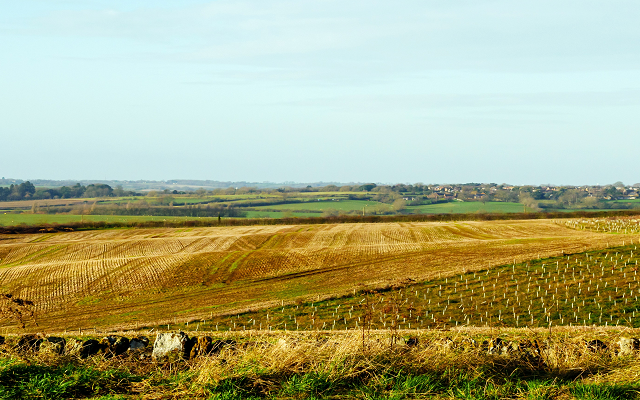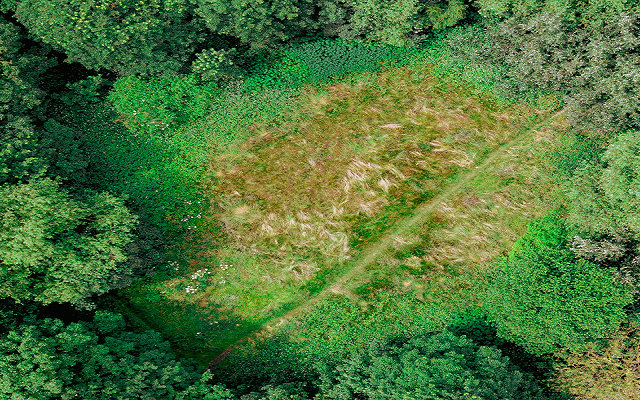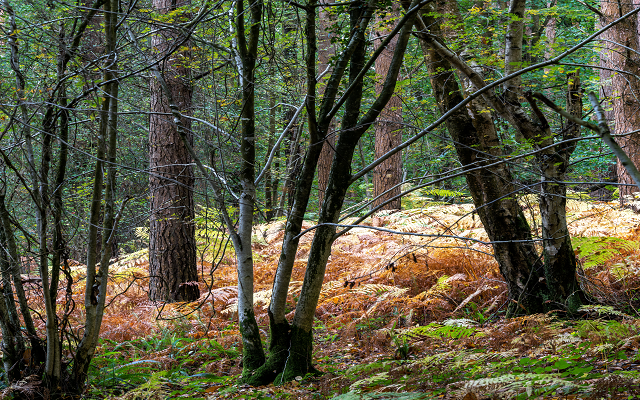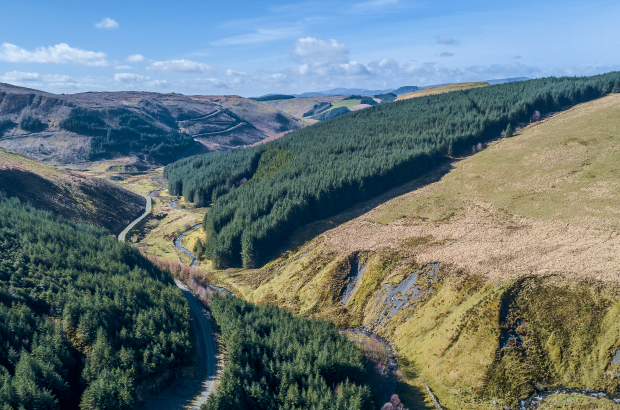England’s woodland creation grant scheme needs tweaks
The uptake of any new grant scheme can be slow in its first year as people get used to how it works – and so it seems with the England Woodland Creation Offer (EWCO).
Launched in 2021, the Forestry Commission’s most recent grant designed to increase woodland plantings offers fixed rate capital payments and, significantly, top-up grants for ‘additional contributions’ such as providing access, or woodland specifically designed to reduce flooding. In total, it potentially adds up to about £10,000/ha.
However, the 2021/22 figures for new planting (this includes EWCO but also other woodland planting grants) in England of 2,255 hectares were a disappointment, given that the rollout of EWCO had been eagerly anticipated. The government’s target is for 7,000ha of new woodland to be planted every year in England by 2025.
It does feel like the scheme has many of the right ingredients needed to be a success. First, the financial rates are attractive, allowing applicants to break even on the cost of establishment and maintenance.
Second, it promised to be administratively agile, and is managed by the familiar faces of the Forestry Commission (FC), which was – and is – seen as an advantage to many in the landowning, forestry and advisory communities.
Third, it sought to address the wider considerations of landowners by developing a foundation grant and associated evidence upon which additional carbon payments can be accessed. The developing market for additional carbon payments is a significant change that could greatly increase the scale and pace of new broadleaved woodland creation.
The ambitious woodland creation targets, and the acknowledged climate crisis, have all given credence and urgency to EWCO. However, if the scheme is to inspire more applications, and truly deliver on its targets, then improvements are necessary.
The New Year did bring good news on payments, with the FC announcing that Standard Cost Item rates had been updated (for the first time since 2013!). The EWCO payment cap has been increased from £8,500 to £10,200 per hectare and woodland maintenance payments increasing from £300 to £350 per hectare per year. It’s great to see that our calls (and those of many others) for these changes had been listened to and acted upon, given the recent rises in the cost of materials and labour.
But alongside the payment increases, the mechanisms and rules of EWCO should be clear, simple and, wherever possible, kept constant from year to year. All EWCO applications also need to be processed by the Forestry Commission at a pace that ensures that any checks and alterations can be agreed – and approvals are given – in a suitable timescale.
The scheme also needs to be supported by efforts to engage and harness the government’s and the wider public’s understanding and appreciation of what landscapes we need now and in the future. The creation of new woodland can be controversial and will not always be welcomed or approved.
Familiarisation with the rules of EWCO takes time, so the option of attending regular ‘EWCO clinics’ either held in person or virtually, to resolve and understand any case-specific issues, would be another practical step forward. For any woodland creation plans, we recommend considering using the Woodland Creation Planning Grant to scope out plans and highlight any issues. It is another (not obligatory) step in the process, but can result in a better informed and agreed plan – and this eases the path through any subsequent application.
So is EWCO working? In our experience, it can be an attractive scheme, especially if additional carbon payments are utilised. But refinements are needed if more people are to be persuaded. For many landowners in England, it can offer a viable grant especially when evaluating options for areas of land that may be awkward to farm, prone to flooding or on poorer quality soils. In the broader context of rising demand for timber, and the longer term need to wean the UK away from imported timber, then new woodland and existing woodland can be a valuable asset.
EWCO may not be for everyone, but even with its current challenges it is worth considering.
To discuss EWCO or other forestry matters contact Hugh Williams. This article first appeared in our latest issue of Land Business. For more download the Autumn / Winter 22 edition of Land Business.






